Explore the Best AI Image Gallery

AI: The New Brushstrokes in Graphic Design
The world of graphic design is undergoing a radical transformation, fueled by the rapid advancements in artificial intelligence (AI). This powerful technology is no longer confined to science fiction; its actively reshaping how designers conceive, create, and deliver visual content. From automating repetitive tasks to generating entirely new designs, AI is becoming an indispensable tool in the creative arsenal.
Automating the Workflow: Efficiency Unleashed
One of the most significant impacts of AI in graphic design is its ability to automate tedious and time-consuming tasks. Imagine a world where you can instantly generate variations of a logo, resize images with perfect precision, or create mockups for different platforms—all with just a few clicks. AI-powered tools are capable of performing these actions with remarkable accuracy and speed, freeing up designers to focus on higher-level creative endeavors.
For instance, AI algorithms can analyze vast datasets of design elements, identify trends, and generate fresh ideas based on specific parameters. This opens up exciting possibilities for exploring new aesthetics, experimenting with different styles, and pushing the boundaries of visual creativity.
Fueling Creativity: A Collaborative Journey
While AI can automate tasks, its crucial to understand that its not meant to replace human designers altogether. Instead, AI acts as a powerful collaborator, augmenting the creative process and empowering designers to achieve greater heights.
AI-powered tools can provide designers with suggestions, generate alternative concepts, and offer insights based on data analysis. This collaborative approach fosters a dynamic exchange of ideas, allowing designers to refine their vision and explore uncharted territories within their design projects.
Ethical Considerations: Navigating the New Frontier
As AI becomes more integrated into graphic design, its essential to address the ethical considerations that arise. One key concern is the potential for bias in AI algorithms. If training data reflects existing societal biases, the generated designs may perpetuate harmful stereotypes or reinforce inequalities.
Transparency and accountability are crucial in mitigating these risks. Designers should strive to understand how AI tools work, identify potential biases, and ensure that their creations promote inclusivity and fairness. Moreover, its important to recognize that AI-generated designs should not be solely viewed as a means to cut costs or expedite production. The human touch remains invaluable in imbuing designs with empathy, meaning, and emotional resonance.
Future Trends: Shaping the Creative Landscape
The future of graphic design in the age of AI is brimming with exciting possibilities. We can expect to see:
- Hyper-Personalization: AI will enable designers to create truly personalized experiences, tailoring visuals based on individual preferences, demographics, and even real-time interactions.
- Generative Design Systems: AI-powered design systems will evolve, capable of generating entire libraries of assets—from icons and illustrations to typography and color palettes—that adhere to specific brand guidelines and design principles.
- Augmented Creativity: AI will enhance human creativity by providing designers with intuitive interfaces, real-time feedback loops, and innovative tools that expand the boundaries of whats visually possible.
As we navigate this evolving landscape, its essential for designers to embrace lifelong learning, develop their technical skills, and cultivate a deep understanding of AIs capabilities and limitations. By fostering a collaborative relationship between human creativity and artificial intelligence, we can unlock a future where design becomes even more transformative, innovative, and impactful.

](https://images.ai-img.art/thumbnails/150/3c5dc62bba83cc9919c20ebfec8430d31e821cef586a2753dd85ef26d77d480a.webp)



](https://images.ai-img.art/thumbnails/150/1accb5453f2335686b162f0a879c7ce73a18516a33868f214a16bdaf95beeb5a.webp)
](https://images.ai-img.art/thumbnails/150/3e8c063b4357fc743a3c6e49a3145ee31b2dcecc018c38d2db8f97bf3e3fda3f.webp)


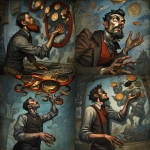
](https://images.ai-img.art/thumbnails/150/8c320ce9aefbbb5b9ec5fd4e1d0fba7388f0fff5b6c2e2f14077cad3008f291d.webp)

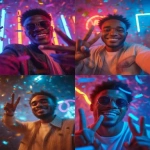





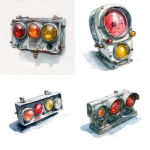
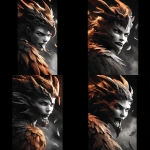

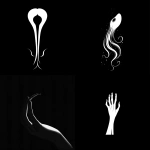
](https://images.ai-img.art/thumbnails/150/1d7b3a908141474d50d90721c394db29c0cb5404d685ae70ea60430c18e905b7.webp)
